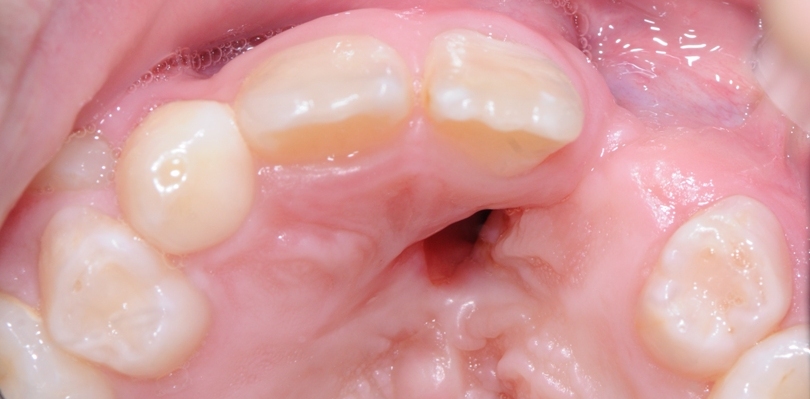
Craniofacial reconstruction refers to a group of procedures used to reshape or repair the face and skull of a patient suffering from traumatic injury or birth defects. The word “craniofacial” is a combination of “cranium,” (skull) and facial (jaws, nose, orbital sockets). Craniofacial reconstruction has several different purposes depending on the group of patients or persons
In children and young adults, craniofacial reconstruction is done to repair abnormalities in the shape of the child’s skull and facial features resulting from birth defects or congenital disorders. It is also done to repair traumatic injuries resulting from accidents, child abuse or sports injuries. Craniofacial reconstruction in young children requires special consideration and planning because the surgeon must allow for future growth of the child’s facial bones and skull.
In adults, the most common cause for the need for craniofacial reconstruction is head or facial trauma, but can also be performed on cancer patients who have lost part of their face, whether it is bony structures or soft tissue, following tumor surgery or radiation therapies. In both adults and children, the surgery is intended to restore the functioning of the patient’s mouth and jaw as well as sensory organs to improve the patient’s appearance. Craniofacial reconstruction is a complicated procedure because the surgeon is operating on a part of the body that contains the brain, the eyes, other sensory organs, and the patient’s oral and nasal airway—all within a small space.
According to the American Society of Plastic Surgeons, demographics of specific birth defects affecting the head and face vary while some are considered rare disorders. Some common examples of the disorders corrected by craniofacial surgery include:
Traumatic injuries to the head, mouth and face can include blunt trauma from car accidents, lacerations, and burns. Traumatic injuries requiring surgical intervention can also be caused from domestic violence, accidental falls affecting small children and the elderly as well as animal attacks/bites.
Post operative care following surgery of traumatic injuries is monitored very closely in our facility. With our in-house radiographic machine and 3D Cone Beam CT we’re able to ensure proper healing. Our treatment coordinators work closely with you to potentially schedule any further minor procedures i.e. titanium screw removal from a jaw fracture or suture removal from a facial laceration.






Click here to read our office updates in response to COVID-19.